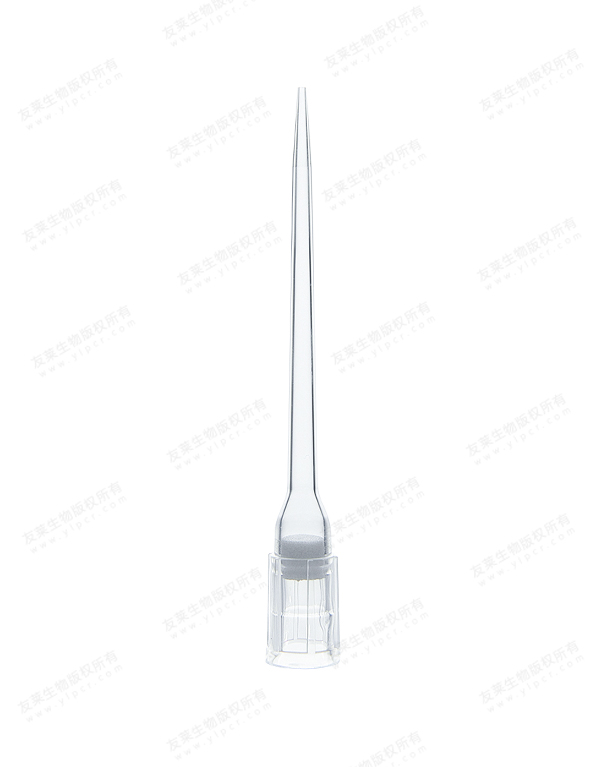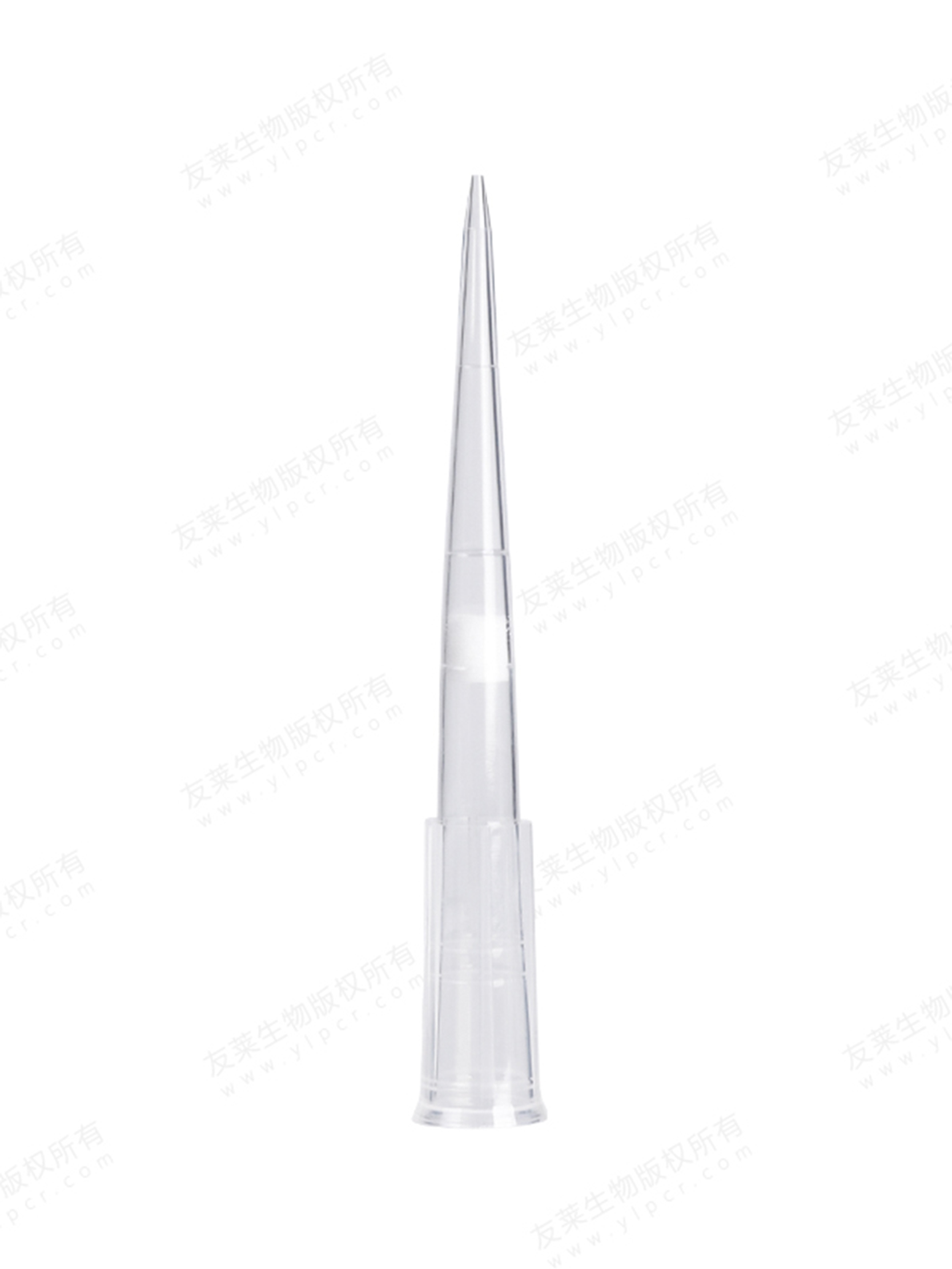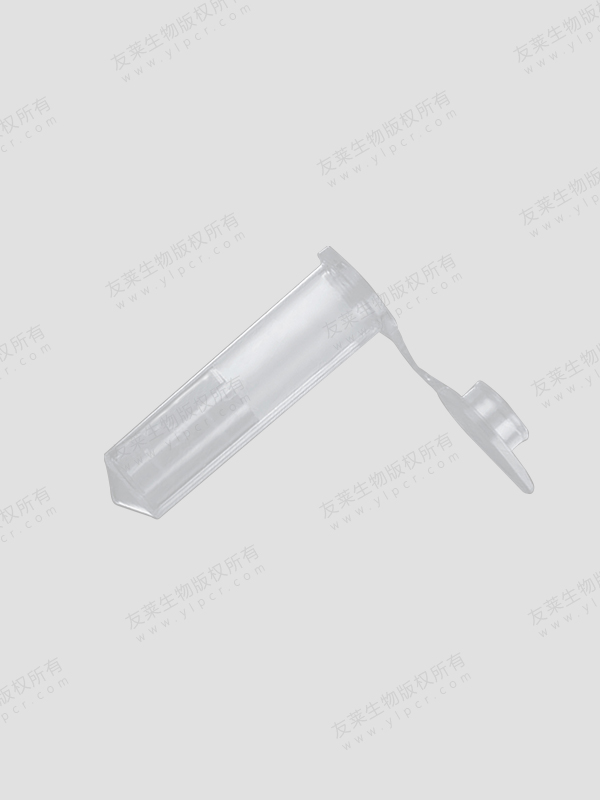Deep well plates, which are essential laboratory tools used in various applications, can be manufactured from a range of materials, each chosen for its specific properties and compatibility with different laboratory procedures. Here is an expanded explanation of the materials commonly used for making deep well plates:
Polypropylene (PP):
Chemical Resistance: Polypropylene is a popular choice for deep well plates due to its exceptional chemical resistance. It is compatible with a wide range of laboratory reagents and solvents, making it suitable for various applications.
Durability: PP deep well plates are known for their durability and resistance to cracking or breaking. This makes them robust and suitable for demanding laboratory tasks.
Autoclavable: Polypropylene deep well plates are autoclavable, meaning they can be sterilized at high temperatures. This feature is valuable in applications that require sterility, such as in microbiology and cell culture.
Polystyrene (PS):
Transparency: Polystyrene is commonly chosen for deep well plates because of its transparency. This transparency allows for easy visual inspection of samples within the wells, which is particularly useful in assays or experiments where visual monitoring is essential.
Laboratory Compatibility: PS deep well plates are compatible with a wide range of laboratory assays. Their suitability for cell-based assays and imaging techniques makes them a standard choice in these applications.
Sterilization:While PS deep well plates are not autoclavable, they can be sterilized using methods such as gamma irradiation.
Polyethylene (PE):
Sample Storage:Polyethylene is used in some deep well plates, especially those designed for long-term sample storage. PE deep well plates offer good chemical resistance, making them appropriate for preserving samples over extended periods.
Chemical Compatibility:Polyethylene is compatible with many common laboratory chemicals and reagents, making it a suitable choice for sample storage in a wide range of research fields.
Polyethylene Terephthalate (PET):
Transparency:PET is a clear and rigid material used for deep well plates. Its optical clarity is advantageous in applications where sample visualization is critical, such as fluorescence assays and certain imaging techniques.
Chemical Resistance:PET offers good chemical resistance and is suitable for a range of laboratory applications. It is also known for its resistance to solvents.
Glass:
Superior Chemical Resistance:Deep well plates made from glass are less common but are selected for applications requiring superior chemical resistance. Glass deep well plates are highly durable and can withstand exposure to a wide variety of chemicals, including aggressive reagents.
High-Temperature Applications:Glass deep well plates are often used in high-temperature applications, where other materials may not be suitable. They can withstand elevated temperatures without distortion or degradation.
Long-Term Sample Storage:Glass deep well plates are well-suited for sample storage that requires extended preservation times, as they are less prone to leaching or interactions with stored materials.

 English
English русский
русский 中文简体
中文简体

水印.jpg)


